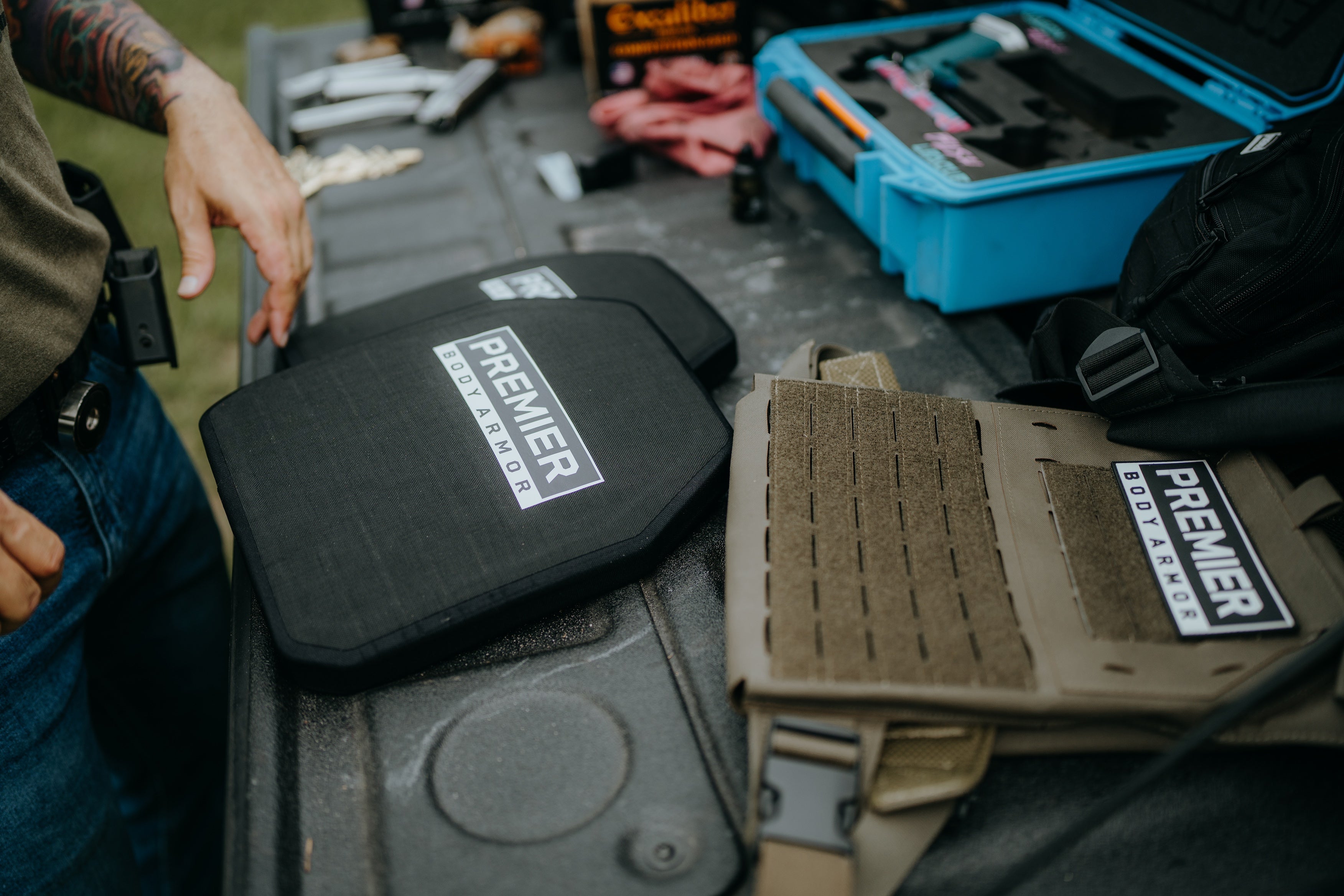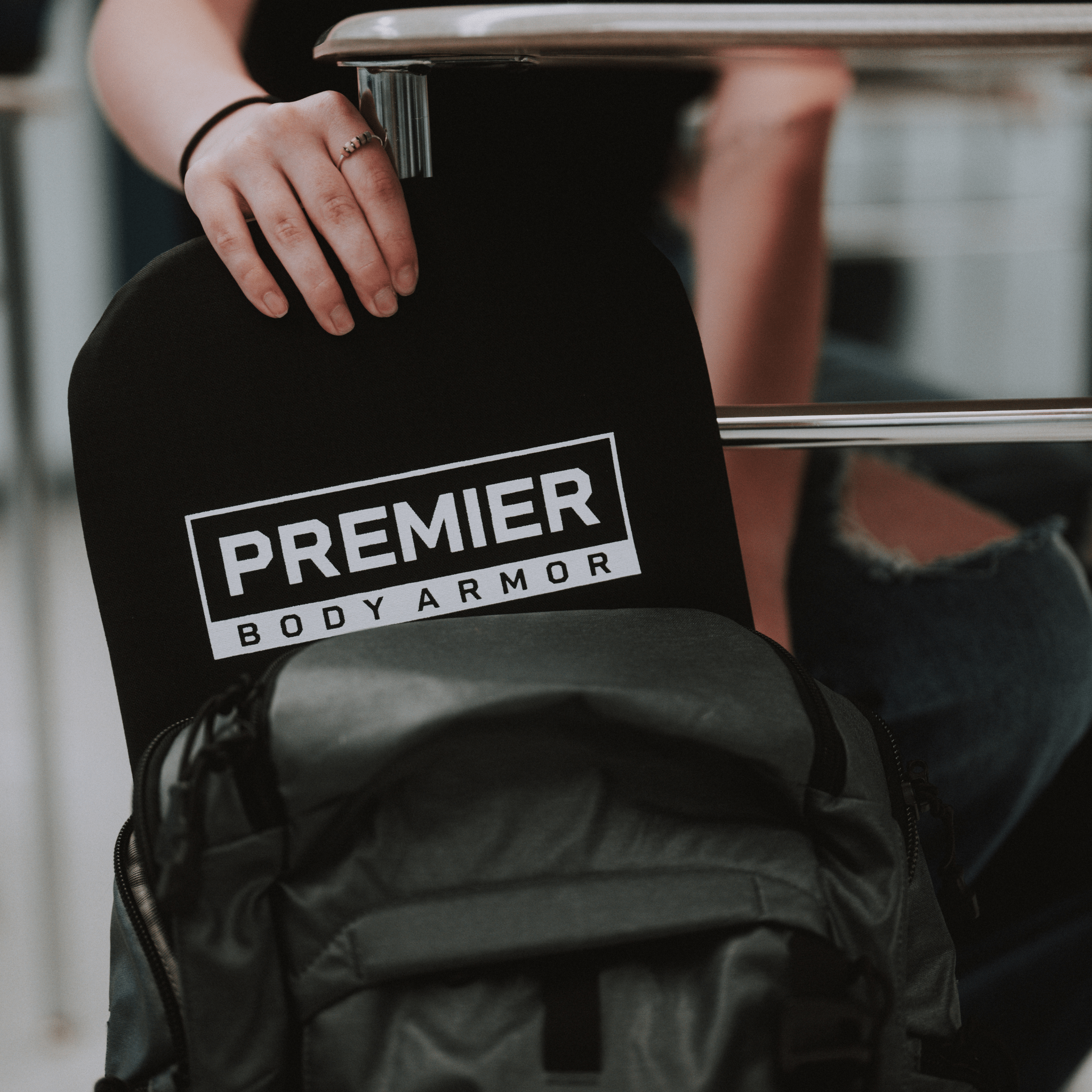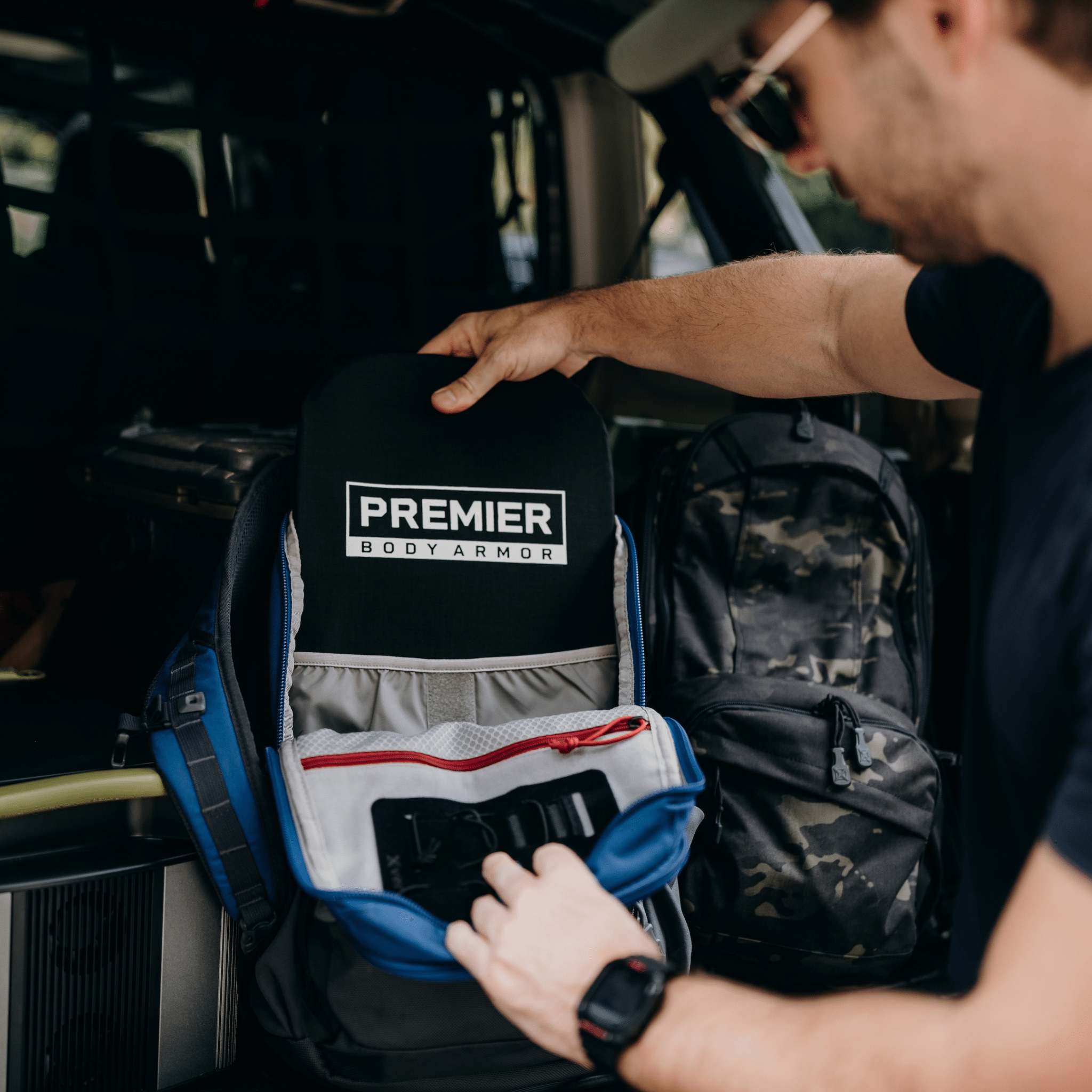Ceramic Vs. Steel Body Armor – Which Offers the Best Protection?
Disclaimer: The term ceramic has become a common part of industry vernacular, but it is important to clarify that no true fully ceramic plates exist today. Modern ceramic plates are actually hybrids, combining a polyethylene (PE) core with a ceramic strike face. This design is most commonly found in RF2 and RF3 plates, where the hard ceramic strike face is essential for breaking up the steel-penetrating cores of armor-piercing (AP) rounds. In plates where AP threats are not a concern (such as RF1), ceramics are absent, and the plate consists entirely of PE. Throughout the article, when we use the term ceramic, it should be understood in this context.
Ceramic Vs. Steel Body Armor – Which Offers the Best Protection?
When you think about protection, what comes to mind first? It’s probably not body armor, but it should be. Sure, your firearm is an important tool in that area, but don’t underestimate the difference that strong shielding can make. But body armor types aren’t created equal.
When it comes to personal protection, choosing the right body armor can make all the difference. You have options today, too. Steel has been around for a long time, but modern ceramic plates can also be very effective. If you're weighing ceramic vs. steel plates, you're not alone.
Each material has distinct advantages and drawbacks, and those affect everything from weight to durability.
Which one offers the best protection? Let's break it down.
Steel Plates or Ceramic – Which Is Best?
You have a lot of choices in terms of body armor systems today. Two of the most popular options are steel and ceramic plates. They’re obviously different, but how do they stack up?
Ceramic or steel plates serve the same purpose—stopping bullets—but they do it in very different ways.
-
Steel plates are tough, able to withstand multiple hits, and known for their durability.
-
Ceramic plates are lighter and designed to absorb and disperse the impact of a bullet, preventing penetration more effectively.
The right choice depends on your needs. Do you prioritize long-term durability or are you looking for lighter, more comfortable protection? To really understand the best answer for you in the discussion of steel vs. ceramic plates, we need to dig a little deeper.
Understanding NIJ Protection Levels for Ceramic and Steel Armor Plates
Body armor is rated based on the National Institute of Justice (NIJ) standards. Those standards dictate how much protection a plate offers.
NIJ-certified steel plates provide excellent protection against common rifle rounds but can be heavy.
NIJ-certified ceramic plates offer a similar level of protection with less weight, making them easier to wear for extended periods.
For a deeper dive into NIJ ratings, check out this guide to body armor testing.
The Benefits of Choosing Steel Armor Plates
Steel armor plates have long been a staple in personal defense and law enforcement. They’re available in multiple formats and thicknesses so you can customize your protection pretty easily. They’re also capable of withstanding multiple hits in succession.
Durable, immensely strong, and widely available, steel plate armor can be a great choice. Here are a few important distinctions between steel body armor plates vs. ceramic:
Steel Plates Are the Most Durable Option
Steel plates can take multiple hits if they are spaced apart, making them ideal for prolonged engagements. However, repeated impacts in the same area can compromise their integrity over time. They’re also resistant to environmental factors like moisture and extreme temperatures.
How thick is steel plate armor? The thickest options are usually around 12.7 mm thick, but the average is around 6.33 mm. You’ll find steel plates as thin as 4.7mm, though. However, even the lightest steel armor plates tend to be heavier than ceramic alternatives.
The Downsides To Steel Plates
While steel plates are tough, they come with a major drawback: spalling. When a bullet strikes steel, fragments can break off and cause secondary injuries (think tiny shards of shrapnel). Anti-spall coatings or a spall liner can help limit this risk. However, remember that any type of spall guard will add weight and cost.
Steel Armor Plates Are Usually More Cost Effective
One of steel’s biggest advantages is affordability. If you’re on a budget, steel plate body armor provides solid protection at a lower price point than ceramic alternatives.
However, understand that thinner steel and more advanced plate designs usually mean a higher price tag. Thicker steel and older designs mean lower pricing but more weight.
The Benefits of Choosing Ceramic Armor Plates
Ceramic body armor plates are designed with a different approach to protection, one that prioritizes weight reduction and impact absorption. You’ll find that ceramic armor plates can withstand very high velocity rounds that might penetrate steel.
That doesn’t mean that it outperforms steel, though. Both materials have their pros and cons. Understanding what ceramic brings to the table can help you make an informed decision.
Ceramic Plates Are Often Lighter and Thicker
Ceramic plates distribute the force of a bullet impact, reducing blunt force trauma. In a comparison of ceramic vs. steel plates weight, ceramic is usually lighter. However, they do have a downside: they can be fragile, especially if dropped or handled roughly.
How fragile are ceramic armor plates? They’re fragile enough that they can break if you drop them. That said, they’re unlikely to shatter if you drop them a short distance and any NIJ-certified ceramic plates are drop tested from four feet in height with 10 pounds of additional weight attached.
How long do ceramic plates last? There’s no single answer here, because it depends on how carefully you store and handle them. If they never take a bullet and you’re careful with them, ceramic plates can last indefinitely.
Ceramic Plates Can Be More Comfortable to Wear
Comfort is another important topic in the discussion of ceramic plates vs. steel. Lighter weight translates to greater comfort. If you’re wearing body armor for long hours, ceramic plates reduce fatigue and allow for better mobility.
What’s the average ceramic plate armor weight? Again, there’s no one-size-fits-all answer. Depending on whether we’re talking about Level III or Level IV plate, you could be looking at anywhere from four to eight pounds per plate. The higher the level, the thicker (and heavier) the plate will be.
You also need to factor in size. Larger ceramic plates will weigh more than smaller ones simply because there’s more material. Finally, think about the composition of the ceramic. Older formulations weighed more than more advanced modern compositions.
Modern Tiled Ceramic Strike Faces Offer Multi-Hit Protection
Traditional monolithic ceramic plates may crack upon impact, limiting their ability to withstand multiple hits. However, modern tiled ceramic strike faces, like those used in all Premier Body Armor AP-rated plates, solve this issue. By using multiple small ceramic tiles, these plates can localize damage and prevent cracks from spreading, improving multi-hit performance.
Which Armor Plate Material Is Right for Your Needs?
So, should you go with steel or ceramic? Are ceramic plates better than steel? If durability and cost are your main concerns, steel may be the right choice. That’s also true if you want something that will stand up to multiple direct hits.
If you want lightweight comfort and superior ballistic performance against a single high-powered shot, ceramic plates are a better bet.
In the discussion of ceramic vs. steel armor plates, there is no one type that will be best for everyone in all situations. They’re simply too different. The best option might be to invest in both so you have the right protection for all situations. For more guidance, check out this article on rifle plates.
Get the Right Protection for You
Premier Body Armor pioneered the first patented curved steel plate, an innovation that improved ergonomics and comfort without sacrificing protection. However, as materials science advanced, we transitioned to better, lighter technology.
Today, we offer plates made from UHMWPE (Ultra-High Molecular Weight Polyethylene) and the latest in ceramic strike faces for enhanced comfort and protection. If you're looking for top-tier body armor, explore Premier’s full plate collection. You’ll find something for all body types and all usage scenarios.










Leave a comment